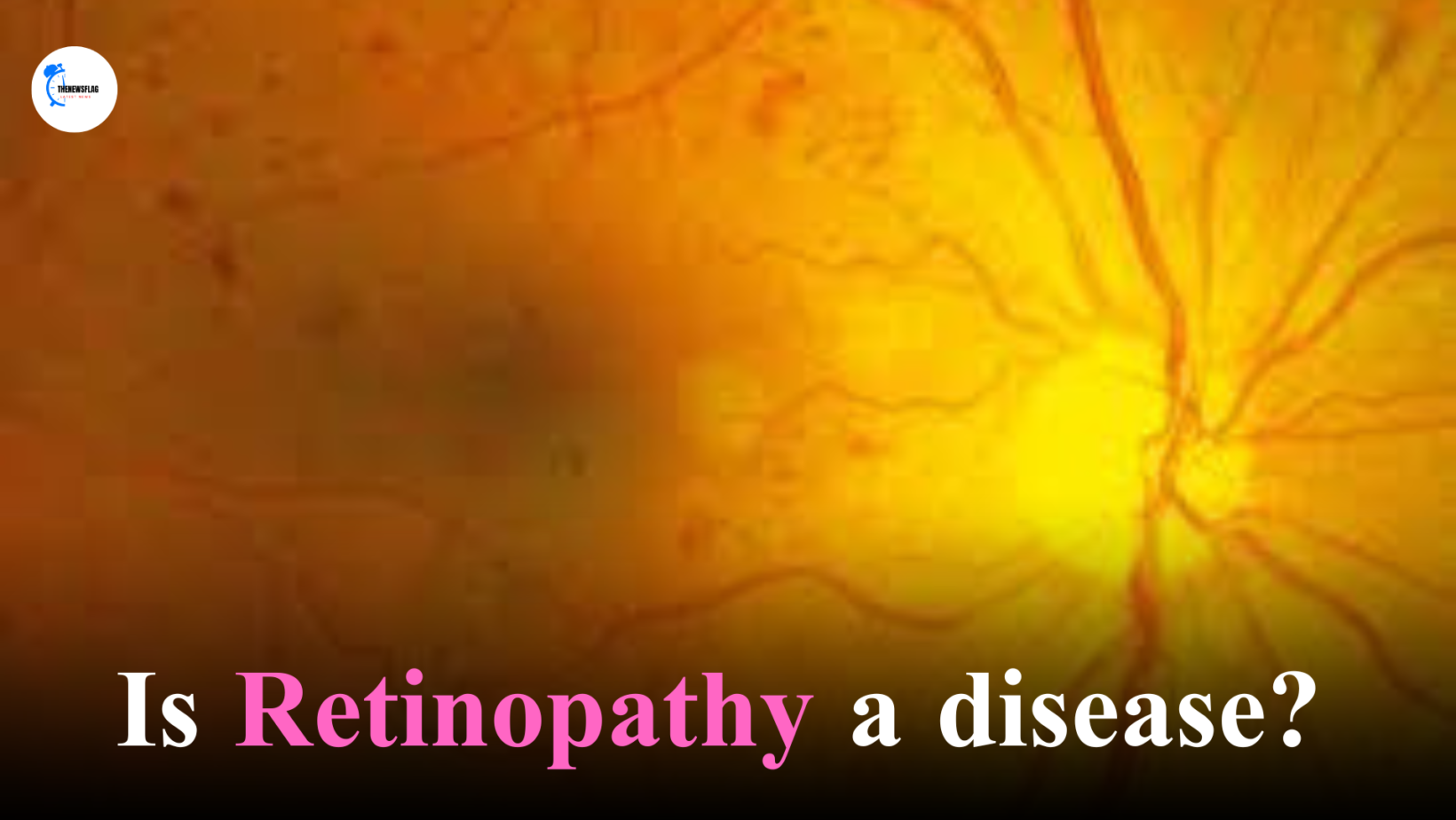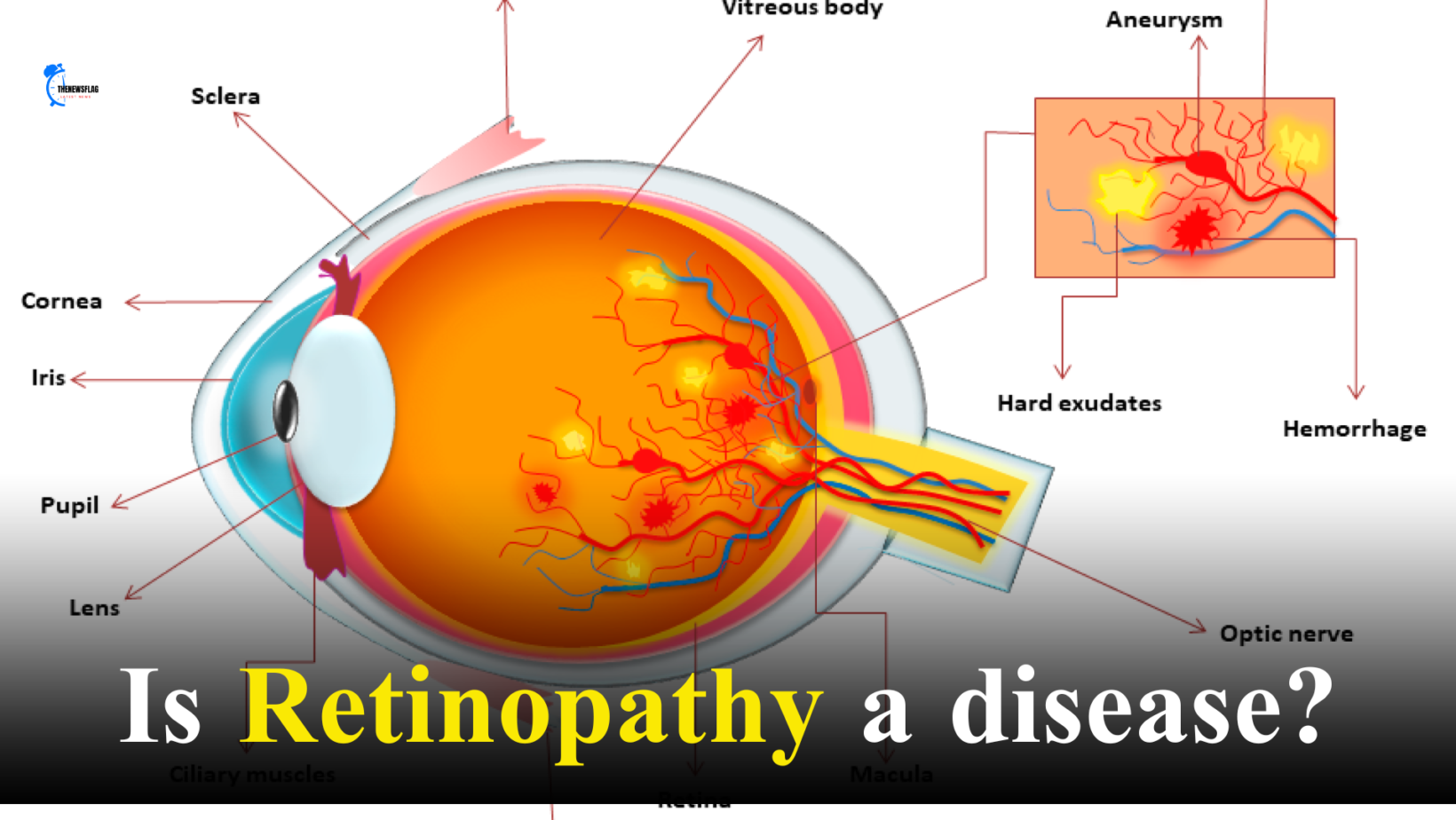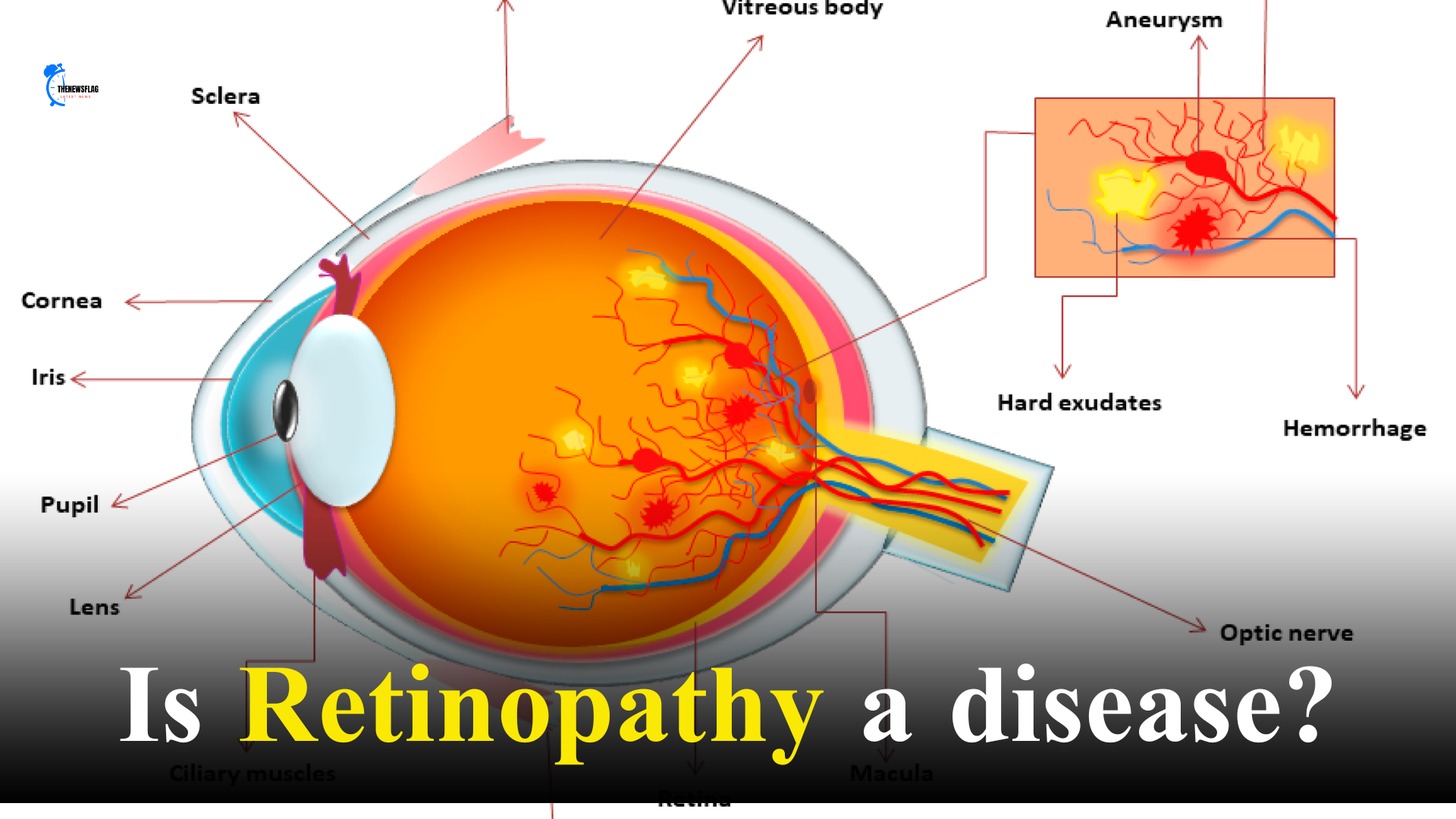Retinopathy a disease; Not so much a “disease” in itself… it’s a condition that is a “complication” of DM – Diabetes Mellitus. It is caused by BG (Blood Glucose) levels being elevated too high for too long. This causes damage to the finest vasculature (blood vessels) in the body, and the finest vasculature is found in the retinas of the eyes, and the nephrons of the kidneys.
Could an individual with Retinopathy of Prematurity (ROP) pursue medicine to become a physician? If no, what must the individual do?
It comes down to: Could this person be a safe medical practitioner?
In this case, it would depend on the degree of visual impairment. We’ve never been approached by a completely blind applicant, but we do have some yes/no disabilities. For example, we would take someone with severe hearing loss (and have done) as the ability to lip read and use suitable aids can offset a lot of this.
The degree of visual impairment we could accept is probably less, but we have had students who needed all teaching materials printed at twice the usual font size.
We have had about 4 students with only one leg (each, not between them!) but we wouldn’t accept a student with only one arm – there’s no way you can scrub up for aseptic techniques with one hand (this isn’t our decision, by the way, but national guidance).
There are branches of medicine that are better or worse suited for people with various issues, so we’d make sure our career guidance people worked with the student from a very early stage.

SEE ALSO |What is vitamin C deficiency disease?
What are the symptoms of retinopathy of prematurity?
- Kid vision will be very much blur.
- If parents call also kids will not be able to follow.
- There are not many symptoms.
- But there are so many signs available to diagnose retinopathy of prematurity.
- Baby birth weight is less than 1500 grams.
- Predelivary
- No of Days baby kept in an incubator and provided oxygen.
- This many cases may form retinopathy of prematurity in babies.
What is the treatment for retinopathy of prematurity?
It depends on the stage and the gestational age (how long after the baby was conceived).
Some are just watched
Some have laser applied to the retina
Some get an injection of a medication that blocks a factor called VEGF (vasoendothelial growth factor)
Some need retinal surgery
Are there visible signs of retinopathy of prematurity to look out for in an infant?
Retinopathy a disease; In babies born early, normal retinal vessel growth may be disrupted and abnormal vessels can develop. This can cause leaking and bleeding in the eye. ROP has no signs or symptoms when it first develops in a newborn. The only way to detect it is through an eye exam by an ophthalmologist
What causes bleeding in diabetic retinopathy?
Vascular damage caused by elevated BG (Blood Glucose) levels.
Elevated BG has LONG been known to be a factor in the “complications” of DM – Diabetes Mellitus. BUT… no one knew “why”, or how the process progressed that caused the damage to the vasculature, starting with the microvasculature, and progressing to the macrovasculature.
This sort of damage occurs first in the finest blood vessels – the eyes (the blood vessels of the retinas) and the kidneys (the blood vessels in the nephrons of the kidneys). When I was diagnosed with T1 (Type 1 DM) in 1966, abrasion to the inner walls of the blood vessels was the leading “theory” of why damage occurred to the blood vessels. But it’s not anymore.
Retinopathy a disease; When you put too much of a solute into a solvent (too much glucose into the blood), the solute forms crystals, and not all of it is “blended” into the solution; these crystalline structures (and remember, glucose is ALREADY a crystalline structure) abraid the internal walls of the vasculature.
Think of running sandy water through a garden hose…. in time, the hose will develop leaks due to internal abrasion.
BUT… that only occurs if BG is WAY high… but long-term low-level BG elevations will ALSO result in all those nasty vasculature “complications” of DM.
TWO chemical factors are now understood to cause the damage.

When there’s glucose in the bloodstream, a process called glycation takes place. This is a chemical “binding” of PORTIONS of the glucose molecules with the hemoglobin of the blood. In this chemical reaction, something called AGES is created: Advanced Glycation End Products.
These AGES are a sticky-sweet chemical “gunk” that adheres to, and smothers, the tissue of the vasculature, and ALL the tissues the blood comes into contact with.
The more glucose there is in the blood, the more glycation takes place, and the more AGES are created. The HbA1c test (aka “A1c” test), or glycated hemoglobin test, is a measure of the percentage of hemoglobin in the blood that has been glycated.
If this percentage is above “normal” (3.5% to 5.5%), then so is the AGES level; AGES can also be derived from the foods we eat… but diabetics suffer much higher levels of AGES due to the presence of too much glucose in the blood for too long.
SEE ALSO |How do I impress girl in my office? Must Try! No One Wants to be Single.
Is retinopathy a disease?
When those blood vessels become damaged, it’s called retinopathy (in the retinas) and nephropathy (in the nephrons of the kidneys). When a patient has one of those conditions… it’s important to check for the other.
In the eyes, those fine blood vessels will start to “leak” – forming tiny “scabs” (dried blood) around them. In an effort to supply the retina better after losing some of the blood vessels this way, new blood vessels grow… forming “cobwebs” of tiny blood vessels.
But these new blood vessels leak easily and aren’t as reliable as the originals. The scabs and cobwebs formed in this process block the retina, impairing vision. Patients will see “floaters”, dark spots/strings that “float” in their view – like having black patches/strings that move around your TV screen.
Early on, this is called NPDR – Non-Proliferative Diabetic Retinopathy; at this stage, the blood vessels are beginning to weaken, allowing bulges to form in the vessels, which allow “leaks” which allow blood and other blood fluids to “leak” into the retina.
This can lead to edema (fluid build-up) in the macula of the eye (the macula is the center of the retina, where vision is most acute). This can lead to macular degeneration – another form of eye disease that causes blindness.
As it advances, NPDR becomes PDR – Proliferative Diabetic Retinopathy. At this level, the creation of new blood vessels becomes excessive – it proliferates. This forms the “cobwebbing” of blood vessels in the retina (excessive growth of new, weaker blood vessels), and leads to fluid leaks into the vitreous humor of the eye (the fluid of the eyeball) as well as leaks into the retina.
Dark spots and “floaters” become more pronounced.
Eventually, excessive scarring due to these “leaky” blood vessels can cause the retina to detach. The excessive blood vessels can cause fluid buildup in the eye – which can damage the optic nerve, resulting in glaucoma – another cause of blindness.
SO… manage your BG well; it’s the key to living a long, healthy life with DM of any type – and avoiding the many causes of blindness associated with DM.
Retinopathy, BTW, is the LEADING cause of non-traumatic blindness in the U.S.; and DM is the LEADING cause of ALL of the many
/conditions that cause blindness.
RED MORE;





